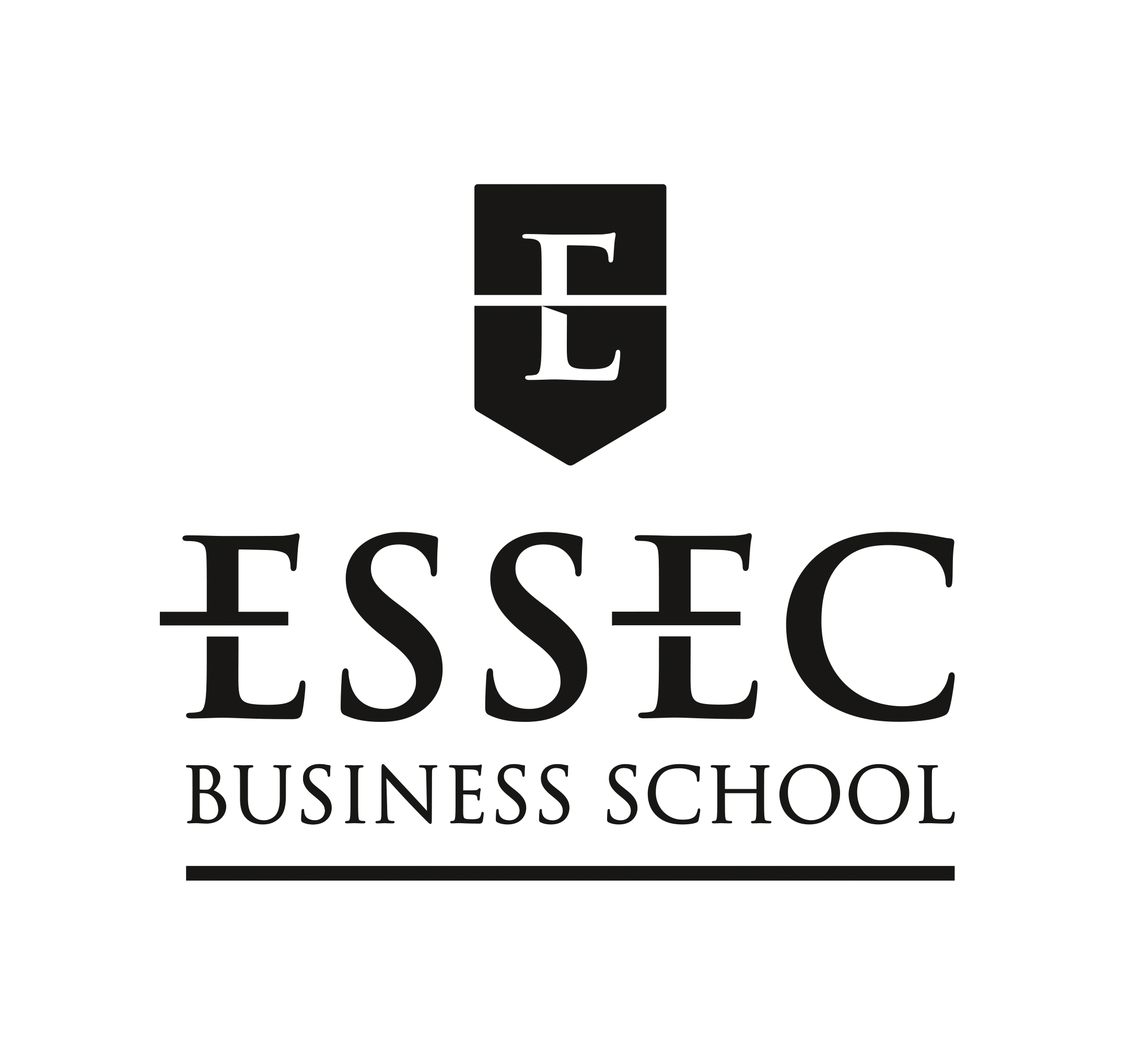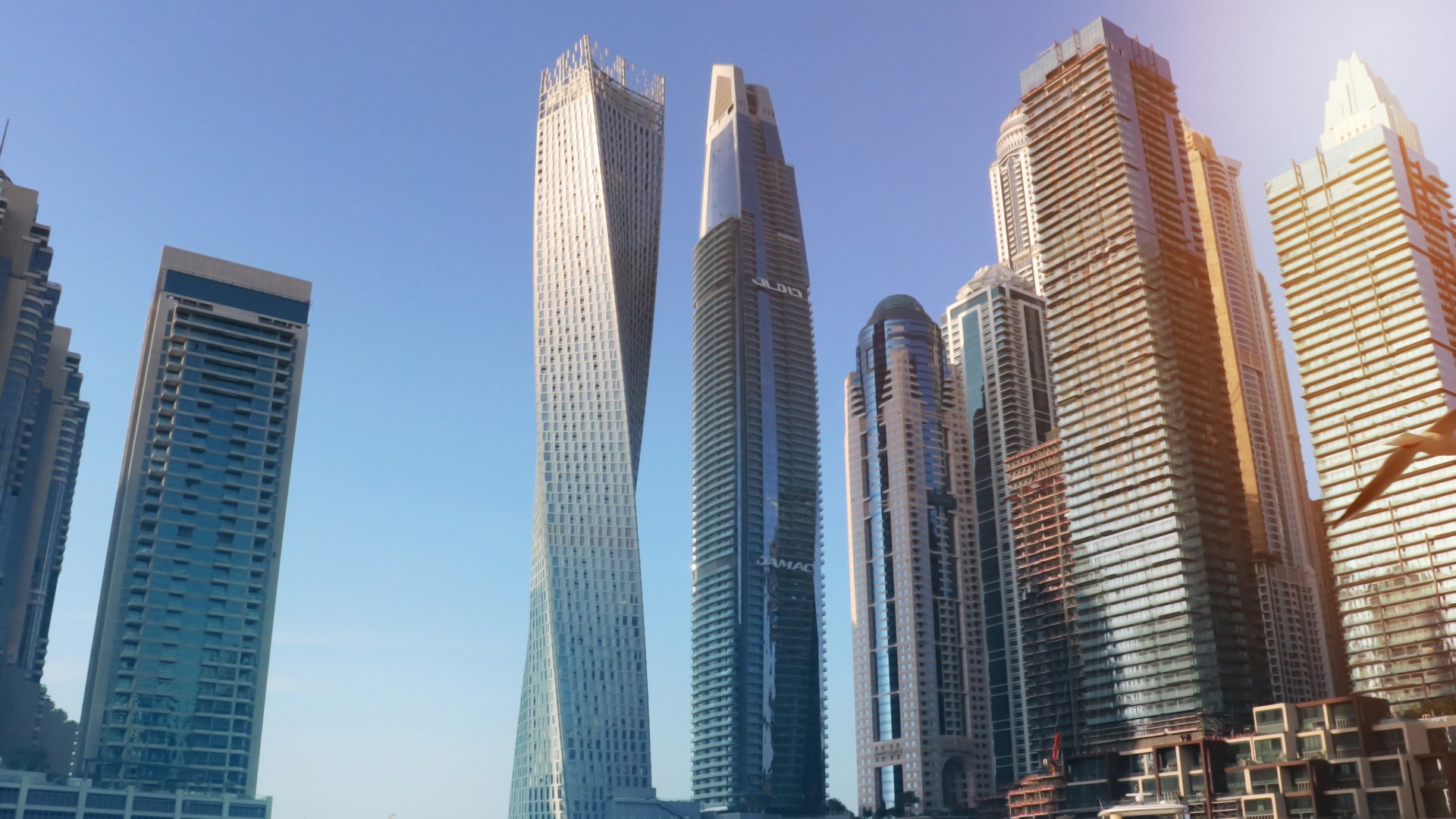Ranked fourth worldwide among the Best Master in Finance programs by the Financial Times, the ESSEC Master in Finance (MiF) is known for the employability of its graduates.
More than 80 percent of ESSEC MiF students secure placements within five months of graduating, with 52 percent landing a job before they finish their studies.
According to Peng Xu, Associate Academic Director of MiF at ESSEC Business School, what gives MiF students the edge is that they are “approachable, have practical knowledge that can be applied immediately, and are good team workers.”
The question is, how do students graduate with these qualities—and what exactly is the ESSEC MiF difference?
1 | A Rigorous Curriculum Made for Industry
It starts with how the MiF curriculum is designed to be industry-relevant. Students are drilled in a series of foundational courses such as Financial Theory and Statistics and specialized modules like Commodity Markets & Energy Products and ESG Investing to ensure they are also equipped to tackle current market trends.
Theory aside, the curriculum also emphasizes application. Jitrapa Rodjanapattarakul, a Senior Associate at Ernst & Young from the Class of 2022, observes that in contrast to her undergraduate degree, the MiF program is “much more practical.”
“We learn from instructors who are practicing experts in the fields and can share from experience how the concepts we cover in class are applied in the real world,” she elaborates.
Matthieu Oro, class of 2021 alumnus and an investment banking analyst at Rothschild & Co., has found that these lessons translate well in the real world.
“The curriculum is adapted to the market expectations of companies, and when you start to work, you will realize what you are doing matches what you have learned,” he testifies.
2 | An Abundance of Industry Exposure
A second factor is the emphasis on learning by doing. This is seen in the rigorous case study and group interview training conducted by ESSEC Career Services, which offers students an actual simulation of the job application process and the qualities they need to thrive.
It is also found in students’ many opportunities to interact directly with the finance world. For example, there are study trips to global financial hubs such as London, Hong Kong, and New York for students to meet industry professionals and get a behind-the-scenes look at the inner workings of the economic world and a range of guest talks by finance professionals that give students a platform to learn and network.
“I was really impressed with the number of speakers we were able to have and how much I could learn about all the different aspects of finance from experienced, successful industry practitioners,” Raphael Lambert recalls from the Class of 2021.
True to the nature of these talks, aimed at offering insights to different companies and professions, Raphael learned about Amundi through one guest speaker, which arguably paved the way for his role there as an investment analyst today.
3 | A Chance to Experience Asia and See the World
Xu adds that it also helps that students can choose to complete the MiF program at the ESSEC Asia-Pacific campus in Singapore.
“Whether or not students want to work in Asia, exposure to the culture and to the financial industry in Singapore—one of the world’s leading financial centers—is beneficial to their careers,” she explains, adding that for those angling to work in the region, studying in the country gives them the added advantage of being at the heart of opportunities and in a prime place to understand Asian culture.
This cultural understanding is amplified by the diversity at the ESSEC Asia-Pacific campus, where around 50 percent of MiF students are from Asia and another 50 percent from the West.
Add in how one must be of excellent caliber to gain entrance to the MiF program, to begin with, the ESSEC Asia-Pacific’s intimate cohort size, as well as the program’s focus on group work, and the MiF classroom becomes a conducive platform for students to pick up soft skills in intercultural communication and collaboration, all of which serves them well in the real world.
“The financial industry is fundamentally a service business—you provide financial service to clients. To do this, you need to understand your clients, their culture, and even their language,” Xu declares.
This people-focused trait that the program develops, she says, is perhaps what gives ESSEC MiF students the most significant edge at work: Their keen understanding of not just finance but also people.
RELATED POSTS
Students from Southeast Asia on Dean’s List
Three Southeast Asian Global Bachelor of Business Administration (BBA) students—Éloïse Le, Janice Augustine, and Olivia Gunawan—achieved Dean's List…
What ESSEC SMIB Students Learned from Vietnam’s Top Companies in Just 5 Days
ESSEC Master in Strategy & Management of International Business (SMIB) students spent five impactful days in Ho Chi Minh City, gaining real-world…
Bridging Tomorrow: ESSEC-CentraleSupélec’s Revolutionary AI and Management Bachelor
Innovative program combines elite business education with cutting-edge engineering at Europe's prestigious institutions.
Specialized Prestigious Tracks: Elevating Global Business Excellence at ESSEC
ESSEC's Global BBA offers elite international tracks that transform students through immersive cross-continental learning experiences, prestigious…
The Asian Strategy Challenge: Real-World Consulting Experience
ESSEC's Asian Strategy Challenge transforms SMIB students into strategic consultants through intensive, real-world business problem-solving with…
Global Exposure: The Impact of Study Trips on SMIB Students
SMIB study trips to Bangkok, Dubai, and other global business centers provide transformative international exposure, developing cross-cultural…








